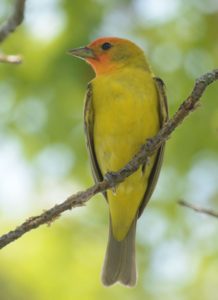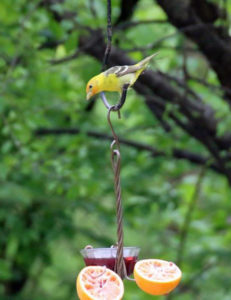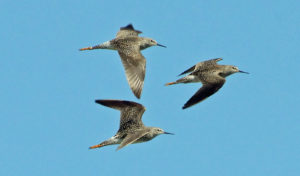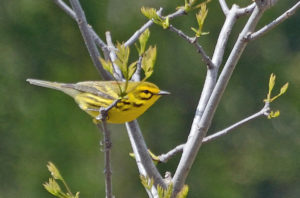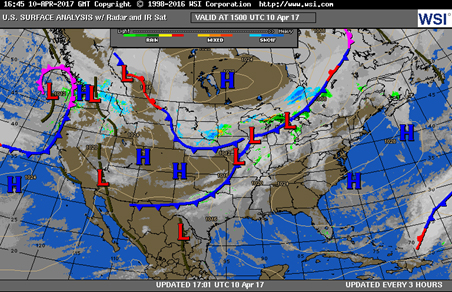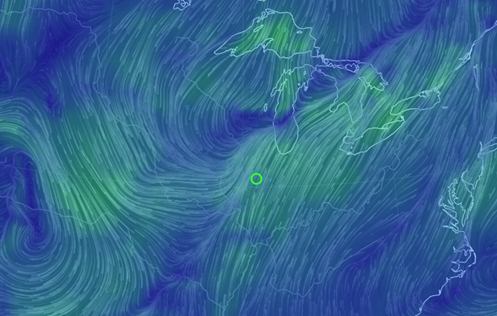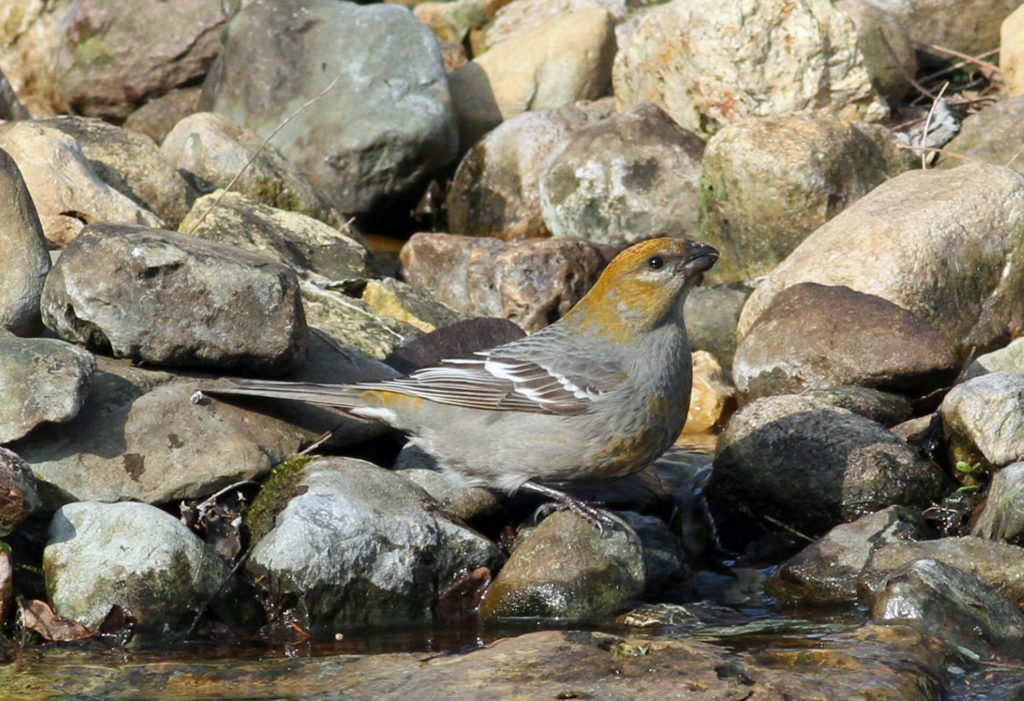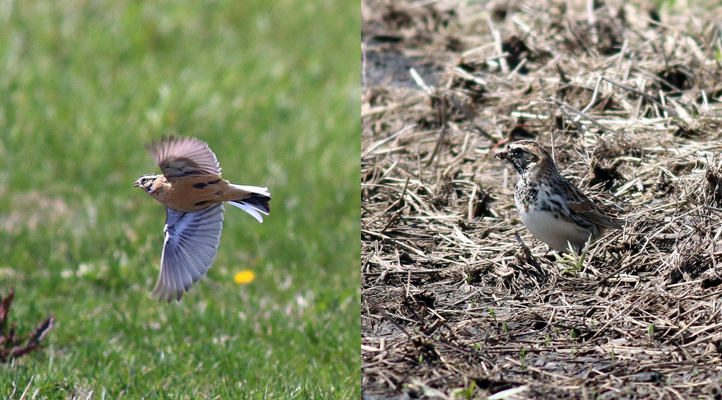IORC Update – 8 June 2017
The Illinois Ornithological Records Committee (IORC) recently concluded evaluation of 19 records of occurrence of rare birds in Illinois, accepting 14 and not accepting five. For each record, we indicate below the species or form, with number of individuals in parentheses if greater than one, followed by date or date range, location, and county. At the end, the record number is indicated in parentheses, followed by, for accepted records, names of the documenters. IORC thanks all the documenters, for accepted and unaccepted records alike, for their submissions. All documentation is maintained in the IORC archives so that there is a permanent record of all these observations. Documentation, regardless of the Committee’s decision, is a valuable part of the record of bird life in Illinois.
Records Accepted
- Mottled Duck, 25 November 2016, Chautauqua National Wildlife Refuge, Mason County (2016-087; Mike Ingram)
- Neotropic Cormorant, 26 February 2017, Emiquon Preserve, Mason County (2017-003; Corey Lange; Davida Kalina)
- Ruff, 16 July 2016, El Paso Sewage Treatment Plant, Woodford County (2016-097; Ted Hartzler; Ben Murphy)
- California Gull, 30 November 2016 through 15 February 2017, on the Illinois River at Peoria, Peoria County and Tazewell County (2016-093; Mike Ingram; Colin Dobson)
- California Gull, 4-14 February 2017, along the Calumet River in Chicago, Cook County (2017-001; Andrew Aldrich; Jake Cvetas, Matthew Cvetas)
- California Gull, 23-25 February 2017, Channel Lake, Lake County (2017-004; Adam Sell)
- Barn Owl, 25 December 2016, Burnham Park, Chicago, Cook County (2016-099; Ethan Gyllenhaal).
- Say’s Phoebe, 9 November 2016, outside of Savanna, Carroll County (2016-096; Cindy Brown, Ethan Brown)
- Vermilion Flycatcher, 6 November 2016, Goose Lake Prairie State Park, Grundy County (2016-094; Tim Balassie)
- Mountain Bluebird, 9 November 2016 through 17 February 2017, south of Savanna, Carroll County (2016-088; Cindy Brown, Ethan Brown; Ed Anderson, Anne Straight, Dan Williams)
- Townsend’s Solitaire, 5 November 2016, Sag Quarries, Lemont, Cook County (2016-095; Mike Daley)
- Townsend’s Solitaire, 15 November 2016, Stockton, Jo Daviess County (2016-086; John P. Jankowski)
- Townsend’s Solitaire, 25 November 2016 through 2 January 2017, Rock Cut State Park, Winnebago County (2016-089; Barbara Williams, Dan Williams)
- Bohemian Waxwing, 1 January 2017, Shaw Woods, Lake Forest Openlands, Lake County (2017-002; Eric Lundquist; Emil Baumbach, Oliver Burrus)
Records Not Accepted
- Mottled Duck, 25 November 2016, Big Lake, Brown County (2016-090)
- Anhinga (7), 13 October 2010, Evergreen Lake, McLean County (2010-030)
- Anhinga, 13 October 2016, Greene Valley Forest Preserve, DuPage County (2016-077)
- Gyrfalcon, 6 November 2016, Greene Valley Forest Preserve, DuPage County (2016-081)
- Cave Swallow, 28 October 2016, Lake Springfield, Sangamon County (2016-092)

